Winds of Wisteria
Project Overview
Winds of Wisteria is a third-person action adventure game featuring multiple weapon types, large detailed environments, and fast-paced decision-based combat.
My job as Producer on this project was exemplified by the unique design concepts and construction of the game’s only current level and through organization of the projects progress throughout development. This was a project built as a platform for our asset creators to generate lots of interesting things in a short period of time. Winds of Wisteria allowed us to show tremendous horizontal growth in content output, while learning vertically about building our systems in Unreal Engine 4.
Winds of Wisteria is a game created in eight weeks by a team of ten developers.
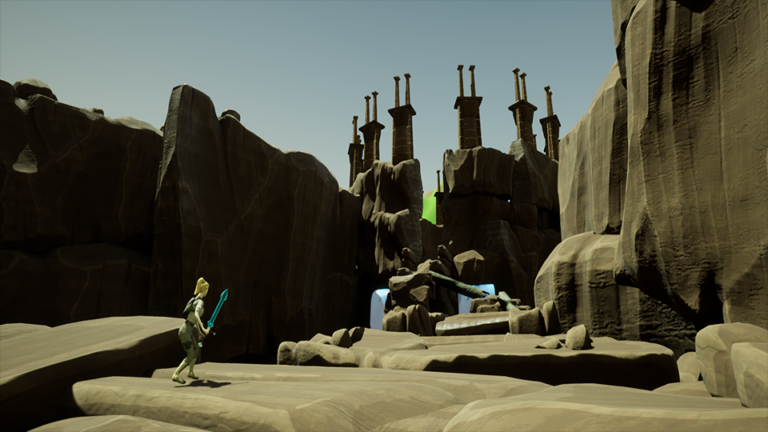
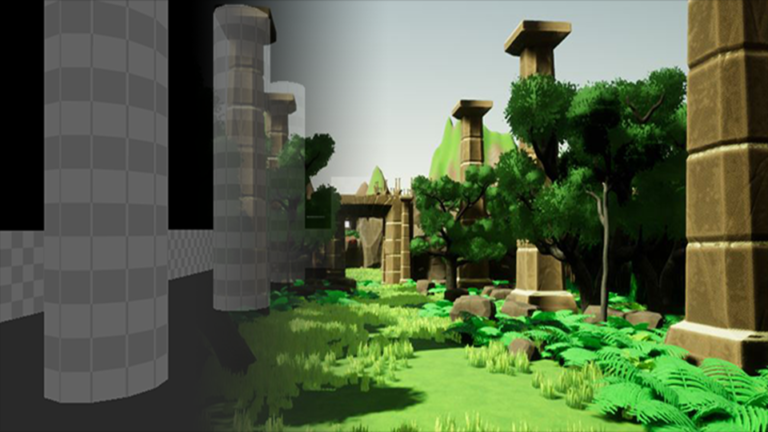
My Role: Producer
- Created design documentation and led team meetings, scrum sessions, and all forms of team communication
- Designed, whiteboxed, constructed, and polished the games only current level
- Aided in the development of the games’s creative vision
- Assigned and implemented the team’s assets in-engine
Project Scope & Design Principles
Aside from my duties in communication, organization, task delegation, and documentation, my primary role for Winds of Wisteria was to create a detailed, large scale level that facilitated exciting gameplay. We approached the idea of this project, knowing that in order to sell the theme of exploration and self-discovery, we would need to create an environment that afforded the players at least double the playtime for the critical path and many unique smaller sub-areas with unique underlying themes to be explored.
Our final output for the level met those specifications. The quality in environmental density, variation, lighting, and scene composition was being kept as high priority design paradigms. As a result, the quality and integrity of the design were upheld while also supporting the broad scope of the project. Below are examples of some of the design paradigms present throughout this experience:
Visual Design for Player Guidance
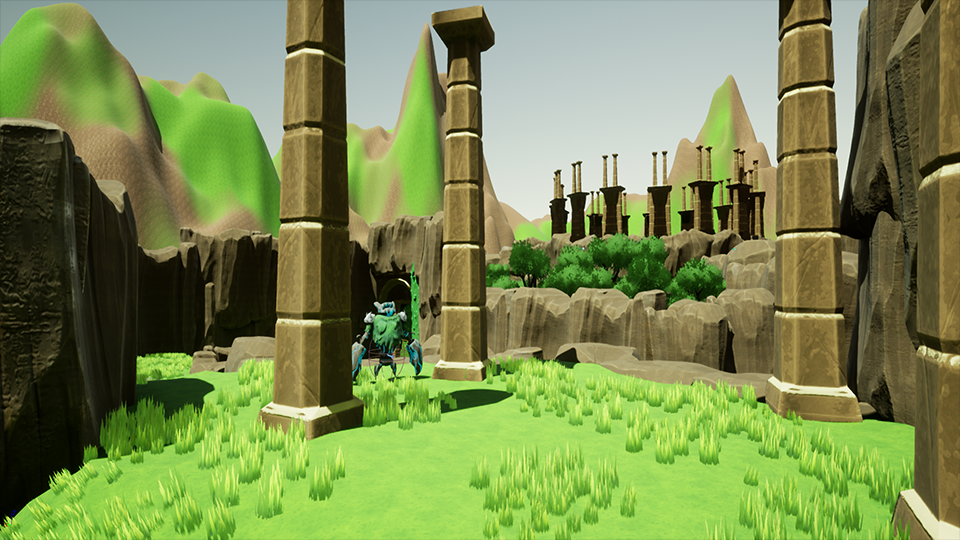
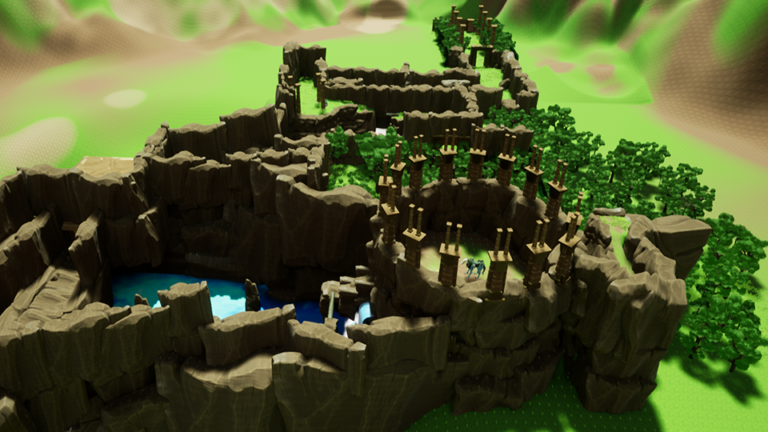
Pacing

Combat Encounter Design
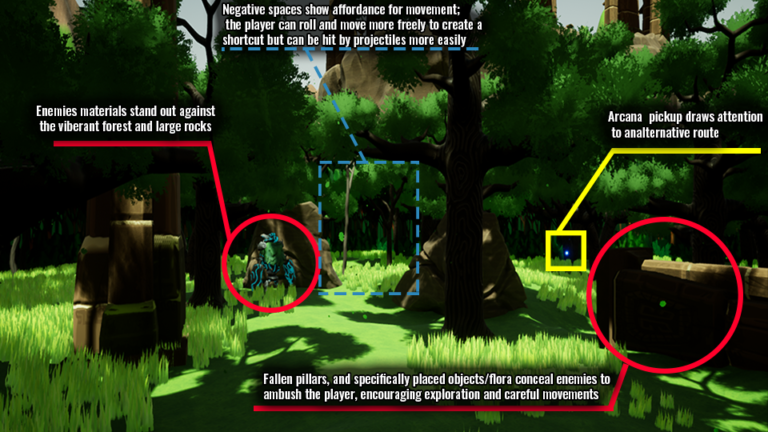
Lessons Learned
It took serious planning and design work to create a largely linear experience and to ensure all portions of the game connected and were able to flow seamlessly. Our team starred a large number of artists, so it was essential to create an understanding of art style direction from the beginning phases of the project. I am proud of my team’s ability to follow the dictated style and create a cohesive feel for our design. The most important thing I have learned as a leader is to be clear in my communication.
This project has been a fantastic learning experience and has been one of my most ambitious projects. As a designer, I feel this game shows a good understanding and foundation in design.
